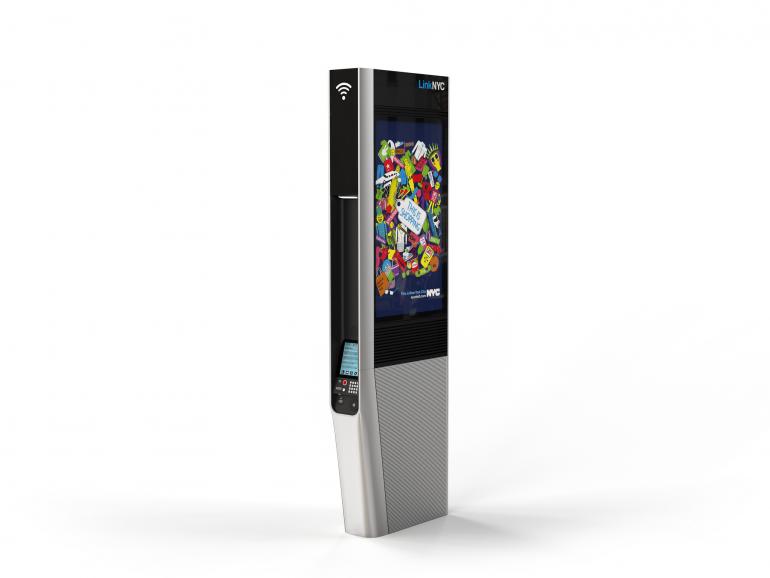Filed under: Taxes, College, Having a Baby, Tax Credits, Tax Deductions

1. The Credit You Get Just for Being a Parent
The Child Tax Credit gives you as much as $1,000 per child to offset your tax liability, reducing what you owe dollar for dollar. To qualify for the credit, the child has to be a U.S. citizen age 16 or younger; a dependent on your tax return; and related to you by blood, marriage or adoption. You also have to provide more than half of the child's financial support, and the child has to live with you more than half the year. Finally, those whose adjusted gross income is above certain thresholds -- $75,000 for single filers and $110,000 for joint filers -- will see their credit phased out by $50 for every $1,000 in additional income above the threshold. The best part about the credit is that under certain circumstances, any unused portion of the credit can be refundable, allowing you to get a refund check even if you zero out your overall tax liability.
2. Get Help to Pay for an Adoption
If you're adopting a child, you know how costly the process can be. But the Internal Revenue Service has a substantial Adoption Credit you can take against your taxes to help you handle those costs. For 2014, the maximum credit is $13,190 per child, letting you claim as much as that amount against qualified expenses including adoption fees, court costs, attorney fees and traveling expenses. Those earning above $237,880 aren't eligible for the credit, while those with adjusted gross income between $197,880 and $237,880 can only claim a partial credit.
The credit is no longer a refundable credit, meaning that if you don't have enough tax liability to use up the credit, you essentially lose it rather than being able to carry it forward. As a result, it makes sense to coordinate the credit with other tax-liability decisions to take full advantage of the credit in any given year.
3. Get Valuable Tax Breaks for Child-Care Expenses
The tax laws also give you help in covering the costs of caring for your child. The Child and Dependent Care Credit gives a tax credit on up to $3,000 of child-care expenses for one child or $6,000 for two or more children. In general, to take advantage of the credit, the child must be 12 or younger, and if you're married, you have to file a joint return, and both parents have to have earned income. The credit can be as much as 35 percent of what you pay up to those limits, with lower percentages applying for those who earn more than certain income amounts.
In addition to the credit, you're also allowed to deduct or exclude any child-care benefits your employer provided on your behalf. That also includes participating in a flexible-spending plan that has child-care options. You're not allowed to double-count the same expenses to use for both the credit and the deduction, but if you have more in expenses than you can use for the credit, then you can use any excess toward the deductions.
4. The Earned Income Tax Credit Is Much Broader for Parents
The Earned Income Tax Credit was originally designed to serve low-income families, and even after its recent expansion to cover those with no children, the amounts available under the credit to those with children are much more substantial. If you have one child, single filers who earn up to $38,511 in 2014 or joint filers with income of $43,941 can get at least some amount back from the credit, with the maximum credit being $3,305. Those with more children get even more generous breaks. Two-child families have a maximum credit of $5,460 and income maximums of $43,765 for singles and $49,186 for joint filers. Those with three or more kids can get a credit of up to $6,143, and they'll get some credit even if they earn as much as $46,997 for single filers or $52,427 filing jointly.
The credit is refundable, which makes it exceptionally useful. Even if you don't otherwise have tax liability, it's worth it to claim your earned income tax credit and get some extra money in your pocket.
5. Help Your Kids Through College
If you still claim your child as a dependent on your tax return, you're allowed to claim tax credits for your child's college expenses. Two major credits are available. The American Opportunity Credit can get you as much as $2,500 per student, offering 100 percent of the first $2,000 and 25 percent of the next $2,000 in eligible educational expenses for up to the first four years of post-high school education if your child is enrolled at least half-time. Alternatively, the Lifetime Learning Credit will pay you up to 20 percent of eligible expenses of up to $10,000, which can contribute another $2,000 toward your child's education. Keep in mind that once your child no longer qualifies as a dependent, the credit will be available to the child rather than to you as parents.
Motley Fool contributor Dan Caplinger regularly gets jokes about his daughter being his favorite tax break. You can follow him on Twitter @DanCaplinger or on Google+. To read about our favorite high-yielding dividend stocks for any investor, check out our free report.










 When shopping online, how many times have you skipped over an empty promo code box during checkout? Before you buy here are some tips on how you can uncover extra discounts to potentially save big this holiday season.
When shopping online, how many times have you skipped over an empty promo code box during checkout? Before you buy here are some tips on how you can uncover extra discounts to potentially save big this holiday season.















